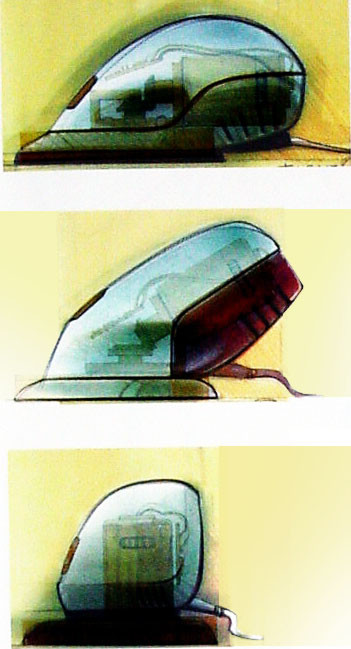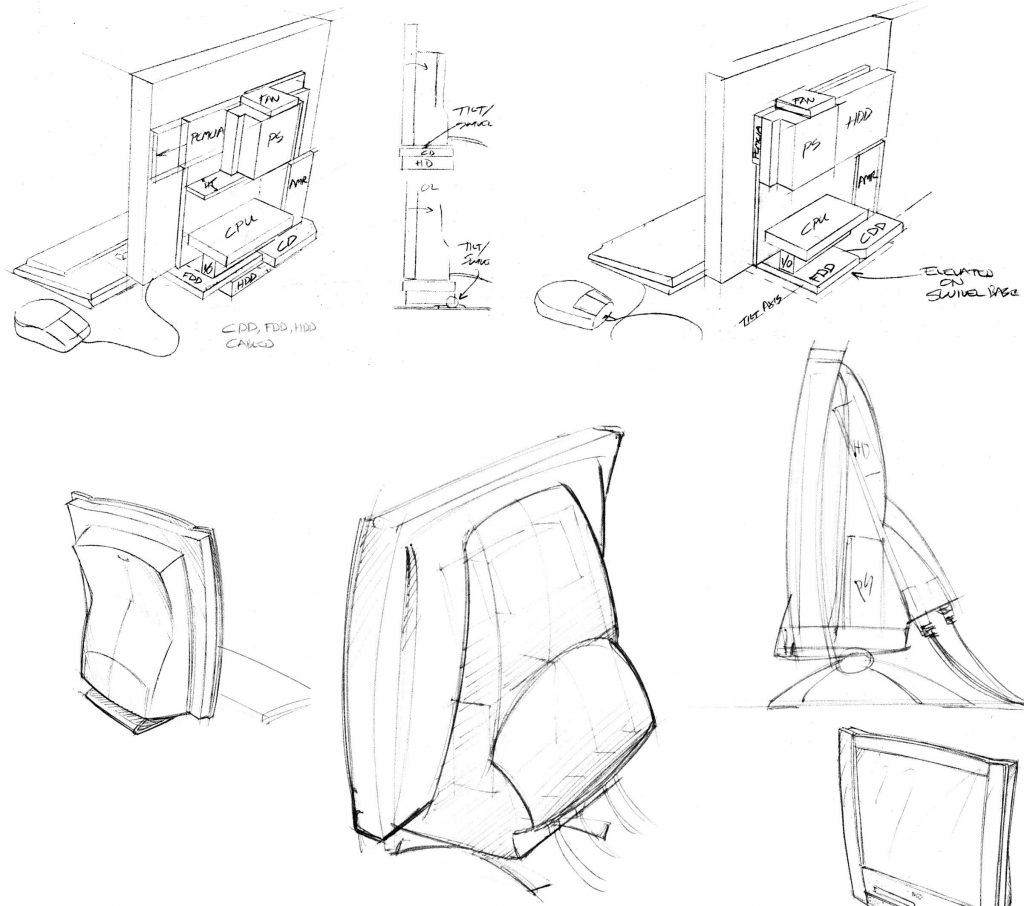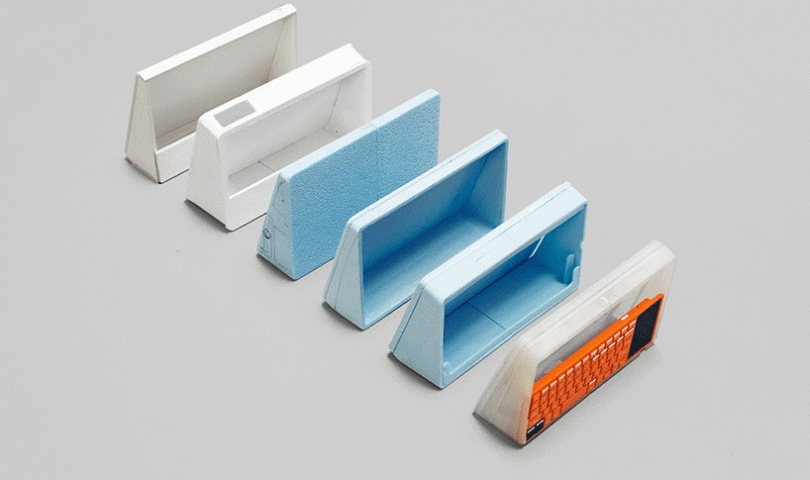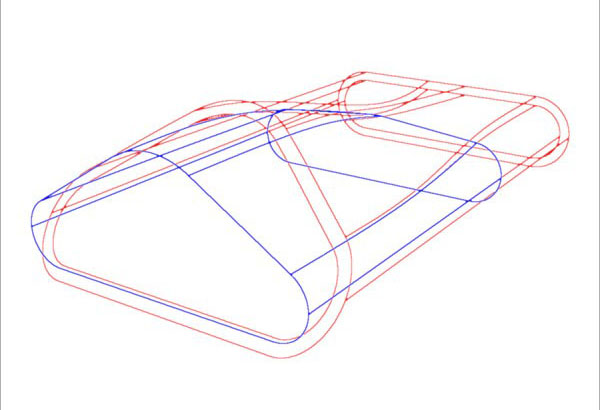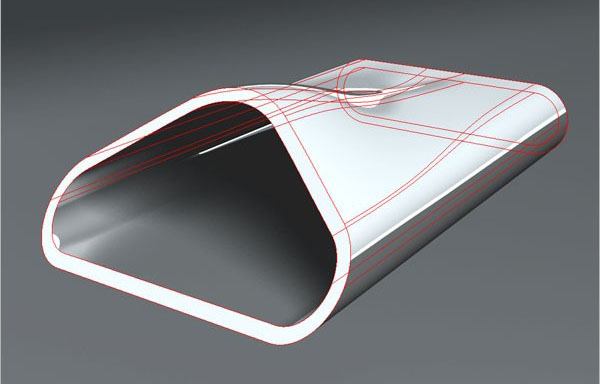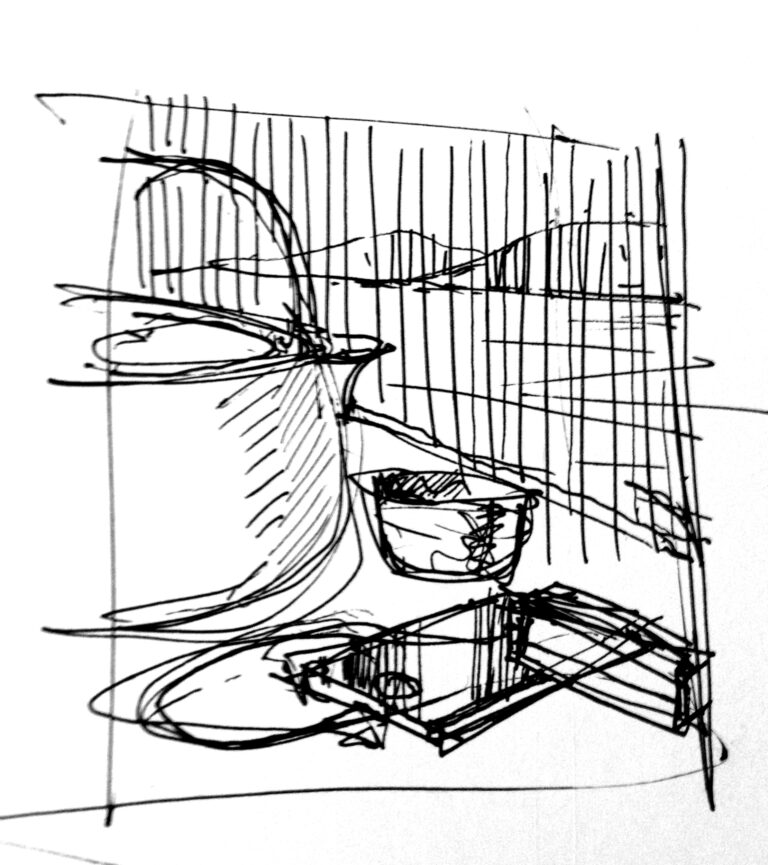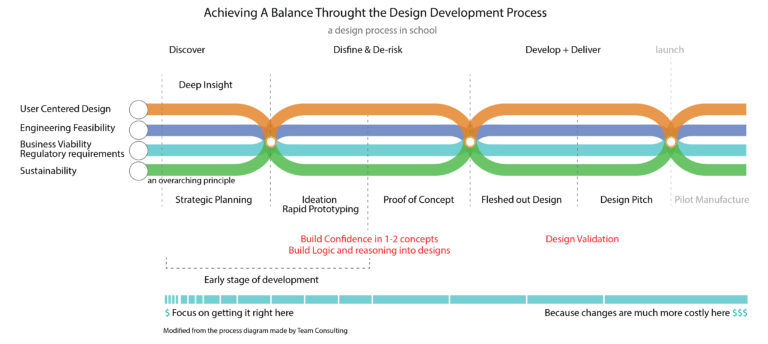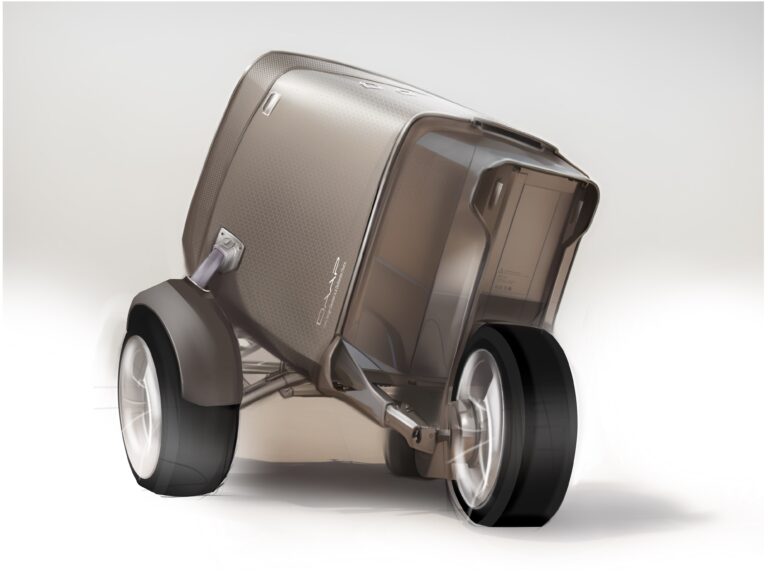

Module 4
2020 Transition
In order to make a product functional, there’s many internal components such as a motor, printed circuit board, battery, impeller etc. or it might also have some outer parts, such as a container, handles or control board. Usually the internal parts are kept hidden so that the user interface could stay clear and undistracted. There are also sophisticated transitions between the components and outer surface, which may indicate the ergonomic feature that users might need, or visual hint that is used to communicate with target users.
Define two simple geometric forms as if it’s the mass or volume a product needed, use addition and subtraction to explore transition between surfaces and components while keeping the original volume and proportion.
Objective
WHY
This project is a form study exercise in the context of Industrial Design. Understand how subtle changes of visual language or the forms will affect the way of communication with target uses.
Secondly, it is to prepare students for their design thinking and making process for future studios. Blue foam is a easier way to conduct ‘thinking through making’. Rough models could be made to test out hand drawing ideas, to get better idea of proportions, transitions, ergonomics. The project below explains how to utilize rough model to facilitate design thinking.
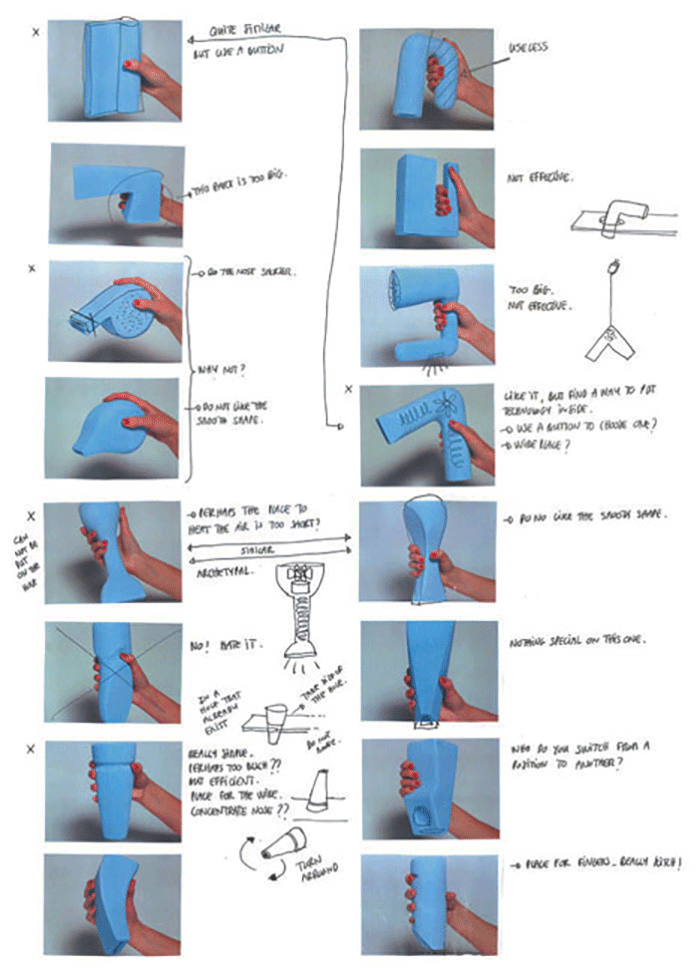
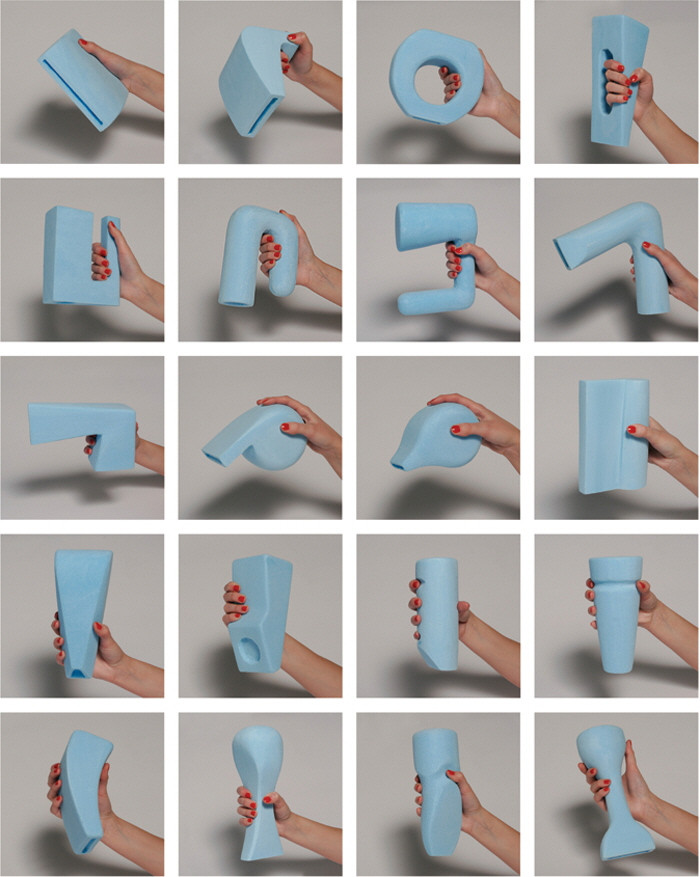
HOW
2 Steps
Decoding Forms

